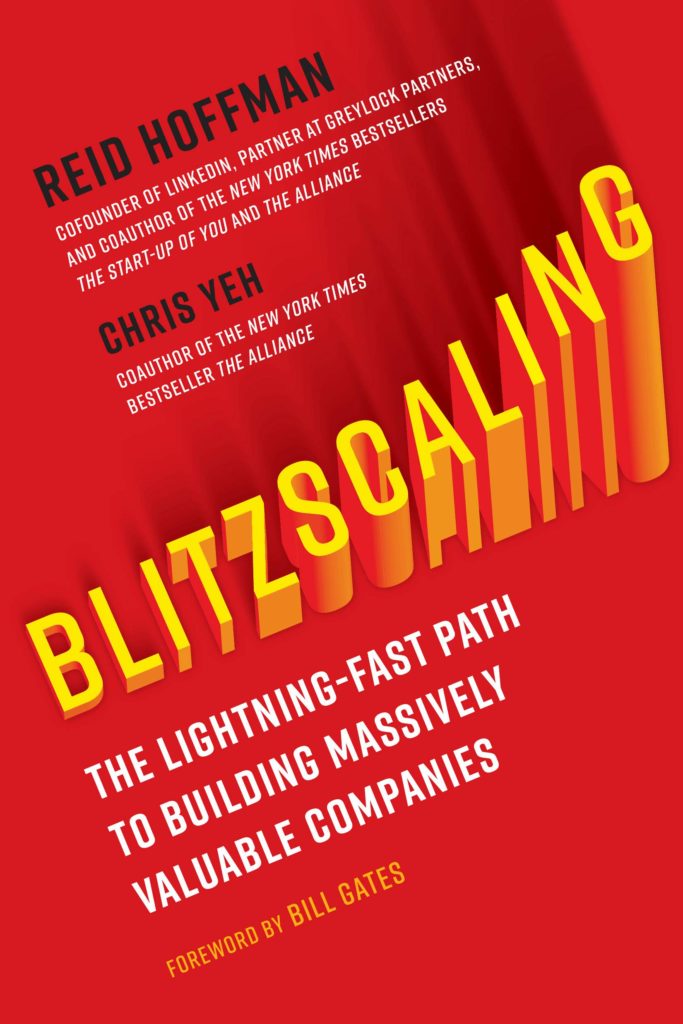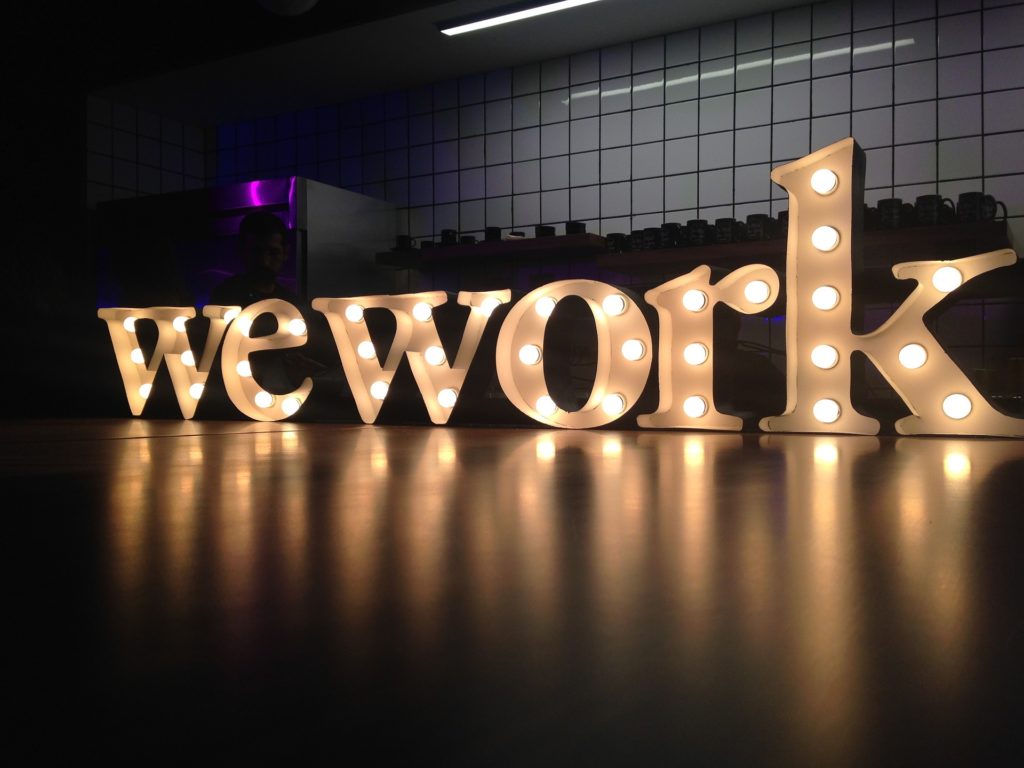My idle thoughts on tech startups

Denouement
Like many things in life, the VC/startup ecosystem is one of cycles. Looking back over the last decade it’s remarkable to see how the emphasis has shifted across cycles and what the overarching narrative was.
I believe we are in a denouement (the final part of a play, movie, or narrative in which the strands of the plot are drawn together and matters are explained or resolved) that will both signal a high water mark for many startups but also create an opportunity for patient, early investors who can think and act independently (more on this below). But let’s look back at the last decade in VC-backed startups… it’s easy to forget how predominant mindsets change throughout the cycle.
2009-2011: Retrenchment
The world is experiencing a global economic crisis of a proportion most living people have never witnessed. We’re only a few months past Sequoia’s famous “R.I.P. Good Times” presentation (Oct 2008).

VC funding for startups is drying up quickly. Aggregate VC investment in 2009 hits a low of roughly $20B, a figure last seen in 2003 in the wake of the bursting of the dotcom and telecom bubble and 2001 recession. Companies are retrenching, VC firms are going through their own upheavals, and IPOs are non-existent. Survival is the order of the day.
But there is also opportunity in lean times. Uber is founded and AirBnB goes through YC in 2009. Seed investing, as a distinct and truly enduring segment of the VC ecosystem, emerges during this period.
2012-2016: The Era of Blitzscaling
Somewhere in this period the word “blitzscaling” enters our lexicon, via Reid Hoffman’s class at Stanford and subsequent book. If you understand the premise of blitzscaling, it’s not truly growth at any and all cost… it’s a strategic mindset for building a company from scratch at previously unheard pace specifically where digital innovation enables capturing a large addressable market.

But during this period, many founders and investors do prize growth above most everything else. Year over year revenue growth rates are measured in multiples not percentages. Razor thin or negative gross margins are accepted (or even ignored) on the widely accepted view that growth and market share are what really matters in terms of value creation.
Facebook goes public in 2012 and Twitter in 2013. But overall this is a period where the IPO market remains largely closed to VC-backed startups. And even Facebook has a shambolic first day of trading and trades below its IPO price for over a year. During these years you do see the rise of “cross-over” investment in private companies by large public market investors like Fidelity, T. Rowe Price, hedge funds, etc. Late stage rounds help keep companies private longer and eventually Facebook proves to be a blockbuster company… public equity investors hope to find the next Facebook pre-IPO.
On paper, VC portfolios perform well. Secondary transaction liquidity also starts to become a reality for founders and early investors. VC firms historically raised new funds every 3-4+ years, now it’s firmly down to 3 years or less
2017-2018: Rediscovery of Unit Economics
Roughly 18-24 months ago, people started to revisit the question of unit economics… what is the underlying profitability of a B2C transaction or a B2B SaaS contract once all the appropriate costs are factored in. Startup pitch decks now have an obligatory unit economics page, not just an up and to the right revenue graph. “Gross margin”, “contribution margin”, “unit profitable”, “LTV/CAC ratios” all reenter our collective lexicon. But there’s still ample capital funding companies with mediocre unit economics, on the promise of improvement with greater scale.
Simultaneously the IPO market finally starts to reopen for a wider swath of VC-backed companies. Snapchat goes public in 2017 and Spotify succeeds with a direct listing in 2018. Over 100 VC backed startups IPO in these two years, and the IPO is “back on” for many companies to consider.
SoftBank Vision Fund is announced mid 2017. Facebook becomes a $500B+ market cap company. US VC funding tops the $100B mark in 2018, and over 25% of this goes into $1B+ supersized private rounds. Many VC firms compress fundraising and deployment (initial investments) cycles from 3 years to 2 years.
2019: Profitability Rears Its Ugly Head
This year started off as the year of the IPO… eagerly anticipated companies like Uber, Lyft, and Slack all go public along with countless others (Pinterest, Zoom, Chewy, Datadog, Peloton, etc). VC backed funding continues full speed ahead, by midyear total US VC funding is on pace for >$120B, and 2018-2019 look to be shaping up as the first ever back to back years above $100B.
Then the WeWork debacle unfolds in the public eye. To be fair, public market investors were already discriminating heavily between recent IPOs in terms of their prospects for company level profitability prior to the failed WeWork IPO. And much of the story of WeWork is about founder behavior and corporate governance, but even these might have been overlooked had the business been robustly profitable at its core.

Early stage startups remain focused on unit economics and growth, but mid-late stage companies are now starting to thinking about company level profitability in ways that were uncommon only a couple years prior. Recently IPO’d companies like Uber spend much of their quarterly earnings cycle talking about when they’ll be profitable. And even for early stage startups, VCs raise eyebrows at companies that have modest gross margins.
2020 and Beyond?
As an independently minded investor, it’s sometimes a struggle to ignore the narrative and cycle. Of course one must be aware of the cyclical zeitgeist as it impacts the behavior of competitors, co-investors, and others. But one still has to seek out innovative companies with competitive moats that have a path to sustained (and sustainable) value creation.
The reality is growth, unit economics, and company profitability are not binary trade-offs. They all matter, even though their prioritization will change over the lifecycle of a company. There’s also no single formula for these in the creation of a valuable business, other than in the long run all businesses must be cash generative on their own.
The three most valuable companies in the world are Microsoft, Apple, and Amazon. Conventional wisdom is that hardware companies or low margin businesses aren’t that valuable. Two of the three have gross margins <50% (AMZN is 40%, AAPL 38%, MSFT 67%) and one has operating profit margins <5% (AMZN 4%, AAPL 22%, MSFT 34%). One generates the overwhelming majority of its revenue from one-time hardware purchases, despite its protestations it’s really trying to become a “services” company.
Make no doubt though… we are entering a denouement, with the present startup cycle which has played out over the last decade entering its latter phases.
The practical steps for us early stage investors may be simple, if not always easy. It means evaluating startup’s potential across a range of financial benchmarks, even it’s still at a pretty early stage. It means looking for truly innovative companies that can build competitive moats for the very long term. It requires partnering with founders whose drive, invention, and ability to suspend disbelief allow them to embrace the innately unnatural pursuit we call entrepreneurship without succumbing to hubris and vainglory. It means rejecting whatever today’s standard dogma about startups may be or just looking for the simple analogy.
Time to get back to work with an open and independent mind…
